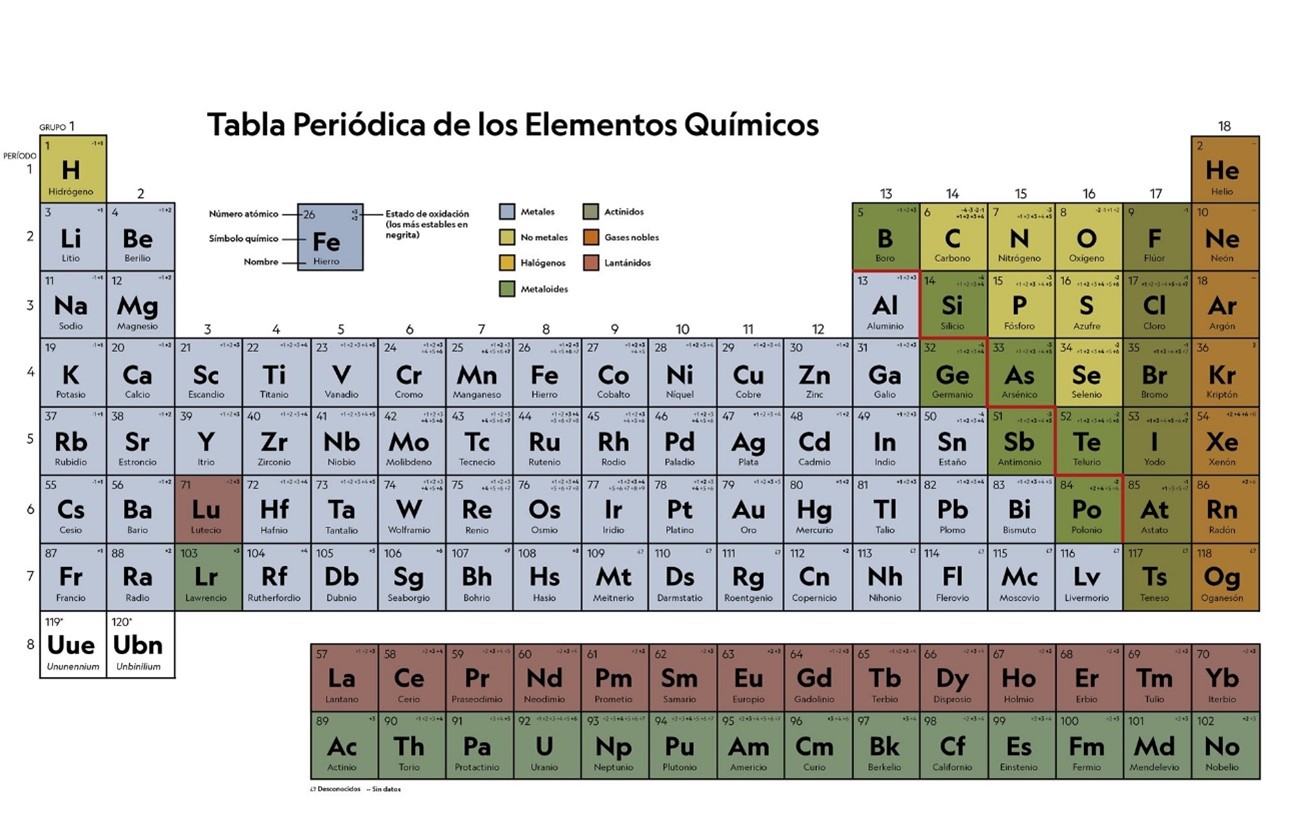What are atoms?
Atoms were discovered by John Dalton, an English chemist, who under his theory proved that matter was made up of invisible particles.
Atoms are the smallest particles that can be found within an element, with the ability to maintain several physical and chemical characteristics. An atom cannot be broken down chemically.
What types of particles make up the atom?
Atoms are made up of a complex structure that is made up of 3 particles:
- Protons = is the particle with the positive electric charge which is located in the center of the nucleus of the atom.
- Neutrons= is the particle with a net electric charge equal to 0. Despite having neither positive nor negative electric charge, neutrons are made up of particles called quarks. We can find 6 types of quarks: bottom quark, bottom quark, top quark, top quark, strange quark, and charm quark.
- Electrons = is the negatively charged particle. Electrons are found in the reactive outer shell and have the function of interacting, forming chemical bonds holding their molecules together with those of the other elements.
Properties of atoms
- Mass= the atomic mass depends on the protons and neutrons, which are located in the nucleus of the atom.
- Size= the size of an atom resembles that of an electron cloud, in other words, it is between 0.1 and 10-14nanometres.
- Ionization potential or also known as ionization energy is the energy that determines which group of the periodic table the element is in.
- The electronic affinity is the amount of energy given off by an atom, which tends to capture electrons.
What is the function of the atomic number?
Depending on the atomic number, more specifically the number of electrons and protons an atom has (which is the same), it is placed in one area or another of the periodic table. The periodic table is arranged in increasing order of atomic number, from top to bottom and from left to right. As we can see in the periodic table, hydrogen is the first element in the table which has only one proton in the nucleus, while the last one is the Oganeson (Og) which has 118 protons.
